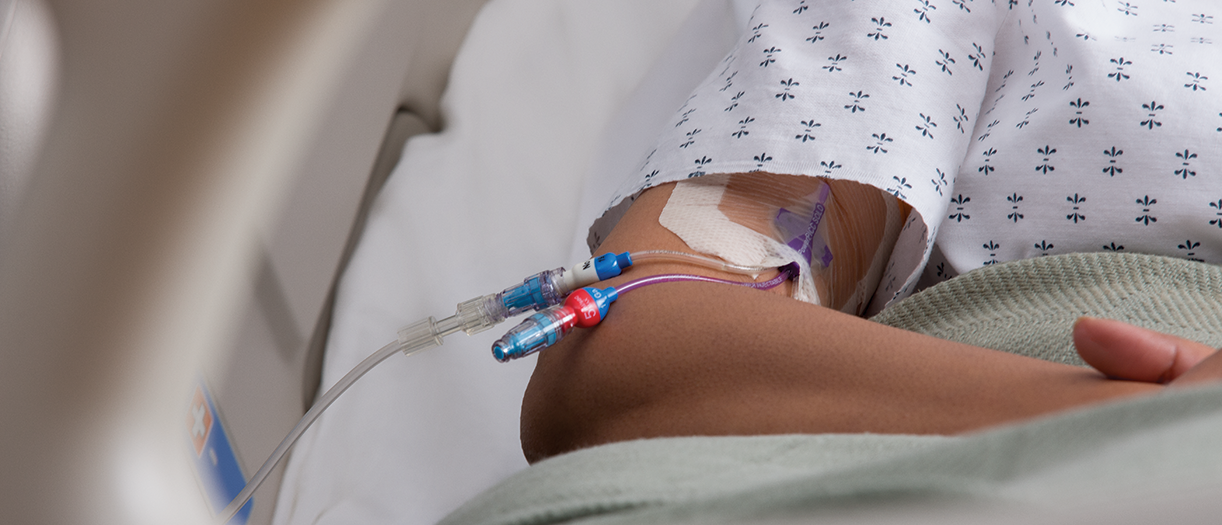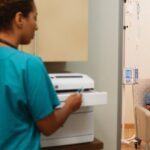CVCs or PICC lines for TPN?
Peripherally inserted central catheters (PICCs) have been widely used as an alternative to central venous catheters (CVCs), especially for parental nutrition1. The main advantages of PICCs are that they can be placed by trained nurses and without surgical intervention1. Because of the lack of economic evaluations on PICCs used for in-hospital total parenteral nutrition (TPN), the authors’ objective was to compare the cost-effectiveness of PICCs inserted by a vascular-access team (VAT) with CVCs1.
Comas M, Domingo L, Jansana A, et al. Cost-effectiveness Analysis of Peripherally Inserted Central Catheters Versus Central Venous Catheters for in-Hospital Parenteral Nutrition. J Patient Saf. 2022. doi: 10.1097/PTS.0000000000001028
Methods
A cost-effectiveness analysis was carried out from January 2018 to December 2019 on observational data from electronic medical records1. A total of 267 patients inserted with 292 PICCs by the VAT were included1. A total of 217 patients with 233 CVCs were also included1. All included patients were adults who received TPN at the Hospital del Mar in Barcelona, Spain1. They were also administered other treatments including antibiotic therapy and chemotherapy1.
The authors recorded the cost of catheter insertion, maintenance, removal and complications1. Complications were classified into these five categories1:
- Bacteraemia
- Deep-vein thrombosis
- Suspected infection
- Self-removal
- Other complications
The main outcome measure was the incidence of catheter-associated bacteraemia per 1,000 catheter days1.
More on this topic: Catéter PICC o catéter con reservorio: ¿cuál es mejor para los pacientes con cáncer?
Results
Complication rates per 1,000 days of catheter use for bacteraemia were 1.15% for PICCs and 2.44% for CVCs (P = 0.278)1. When compared with CVCs for in-hospital TPN, PICCs inserted by a VAT cost €560 less per patient1. These cost savings were due to lower insertion costs as well as a lower incidence of bacteraemia with PICCs1.
Conclusion
This study demonstrates that when PICC lines for TPN are placed by the expert nurses of a VAT they may lead to lower costs and a lower incidence of bacteraemia when compared with CVCs1.
More on this topic: NIVAS white paper: The benefits of a vascular access team
References
- Comas M, Domingo L, Jansana A, et al. Cost-effectiveness Analysis of Peripherally Inserted Central Catheters Versus Central Venous Catheters for in-Hospital Parenteral Nutrition. J Patient Saf. Published online May 18, 2022. doi:10.1097/PTS.0000000000001028
This list of references to third-party peer-reviewed material and the sites they are hosted on are provided for your reference and convenience only, and do not imply any review or endorsement of the material or any association with their operators. The Third-Party References (and the Web sites to which they link) may contain information that is inaccurate, incomplete, or outdated. Your access and use of the Third Party Sites (and any Web sites to which they link) is solely at your own risk.
BD-73202




